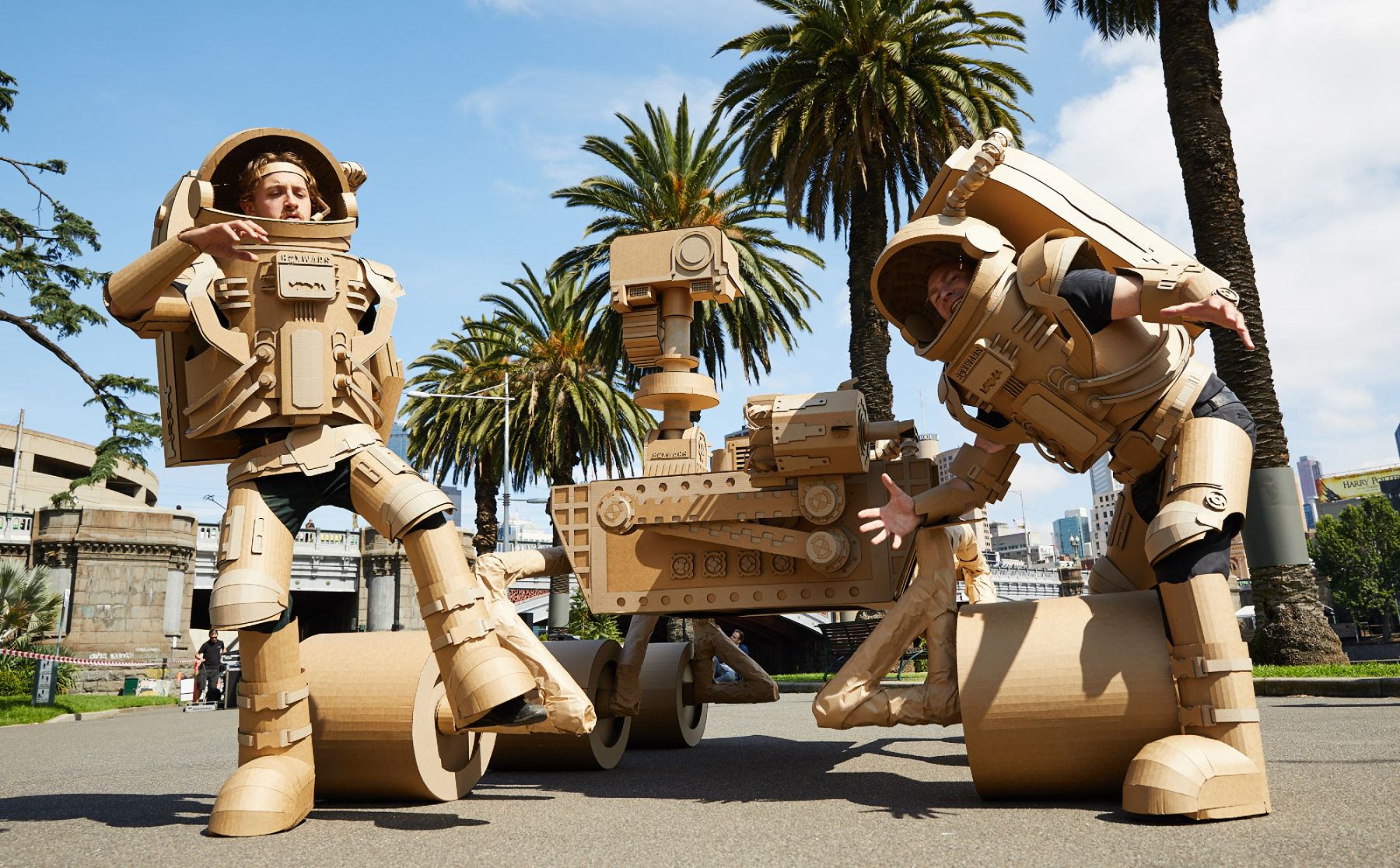Traditional Music takes on a Contemporary Tone
The art of “Majroor Tayif” has been around for centuries. The people of Tayif have passed it down from parents and grandparents over many generations. Musical instruments have been introduced to this cultural heritage to keep up with the modern age, expanding it from its original approach of singing poetry to the rhythms of drums and tambourines. It is a form of folk art characterized by improvised words and rhythms and aesthetically appealing emotional gestures. It is now used to add a flavor of creative heritage to national days, special occasions, weddings, official ceremonies, and culture and heritage festivals.
Popular Culture
“This band has revived an important cultural legacy that has distinguished the people of Hijaz and Tayif,” explains the leader of the Majroor Tayif band, Atallah Mohammad Al-Nimri, during the Kingdom’s 90th National Day celebrations at the King Abdulaziz Center for World Culture (Ithra). “It’s called Majroor, meaning ‘dragged’ in Arabic, because its melodies are derived from other ones,” he added, noting that Majroor refers to the process of prolonging speech. “Majroor art has a collection of special words that suit its tunes, and each poet has a personal style for compiling verses to sing Majroor poems.” Al-Nimri believes that Majroor art has left a timeless imprint in the history of popular culture.
Aesthetic Gestures
The performers of Majroor wear the traditional Huwaisi thobe for most performances across the Kingdom. They accessorize this with a belt across the chest called the Sabtah Jarwalia, the
iqal which is a headband made of golden threads, and ghutra.
The dance includes the leader of the band, two rows of dancers and the rhythm beater. The two opposite rows of dancers face each other and each row is headed by a poet who chooses the tune played by the tambourine player. Then a group of the poets dialogue among themselves, swaying together aesthetically. They fill their poems with lofty thoughts and high-reaching meanings.
Cultural Intermixture
Al-Nimri confirms that most of the Kingdom’s artists have introduced musical instruments to the art of Majroor Tayif– such as the Oud and Qanun – under the influence of globalization and modernization imposed onto Saudi culture and heritage.
He further explains that among the most famous artists who have celebrated the art of Majroor Tayif are Tariq Abdel Hakim, Mohammed Abdo, and the late Talal Maddah and Fawzi Mahsoun. Their heritage, although shrinking, remains celebrated by youth both in terms of tunes and performances, but with the addition of musical instruments which add a fresh aesthetic.
An Independent Art
Al-Nimri identifies different types of Majroor Tayifi art such as Al-Marbou’, Al-Makhoumas, and Al-Samer. He explains Majroor is an independent and mature form of art derived from the pillars of music and from melodies that have been maintained across centuries, encouraging its admirers to maintain and develop relevant dancing and singing techniques. Al-Nimri notes a group of Tayifi tribes that are famous for performing this art and building on it by introducing contemporary tunes of Al-Ashraf, Al-Ghurba, Al-Numour, Twairiq, Quraish, Al-Mawaleed, among other tribes near Tayif.
Restoration of the heritage
It’s worth mentioning that the art of Majroor Tayif, because it is passed from one generation to another, is facing possible extinction in light of the vanishing of popular performers, the aging of artists, and the lack of training centers that might attract the young people needed to preserve it. A handful of young artists have been able to write new verses for Majroor, which now even adopts contemporary musical instruments in the effort to restore this cultural heritage and revive this once-popular music.
- by Sumiah Alismail








